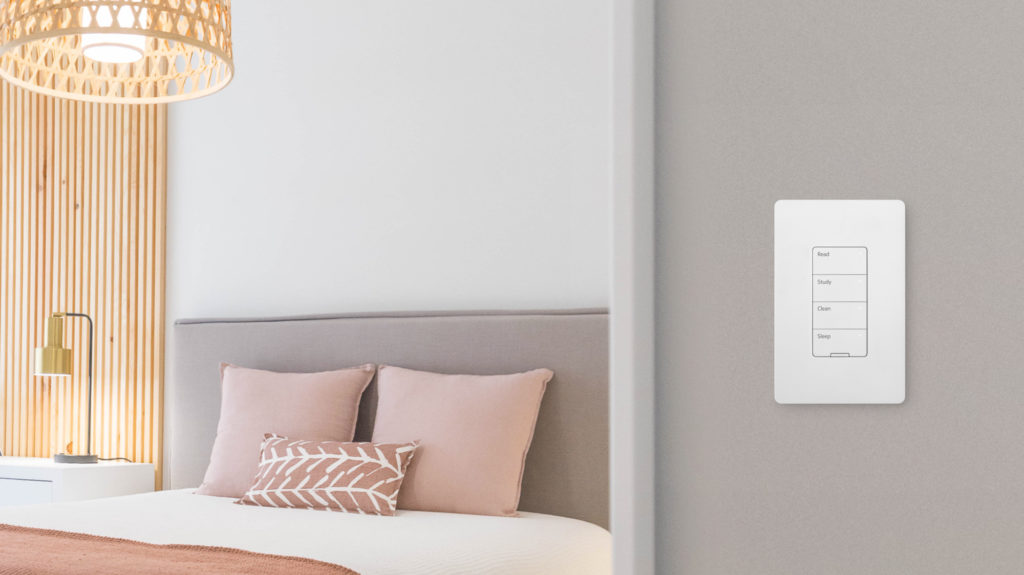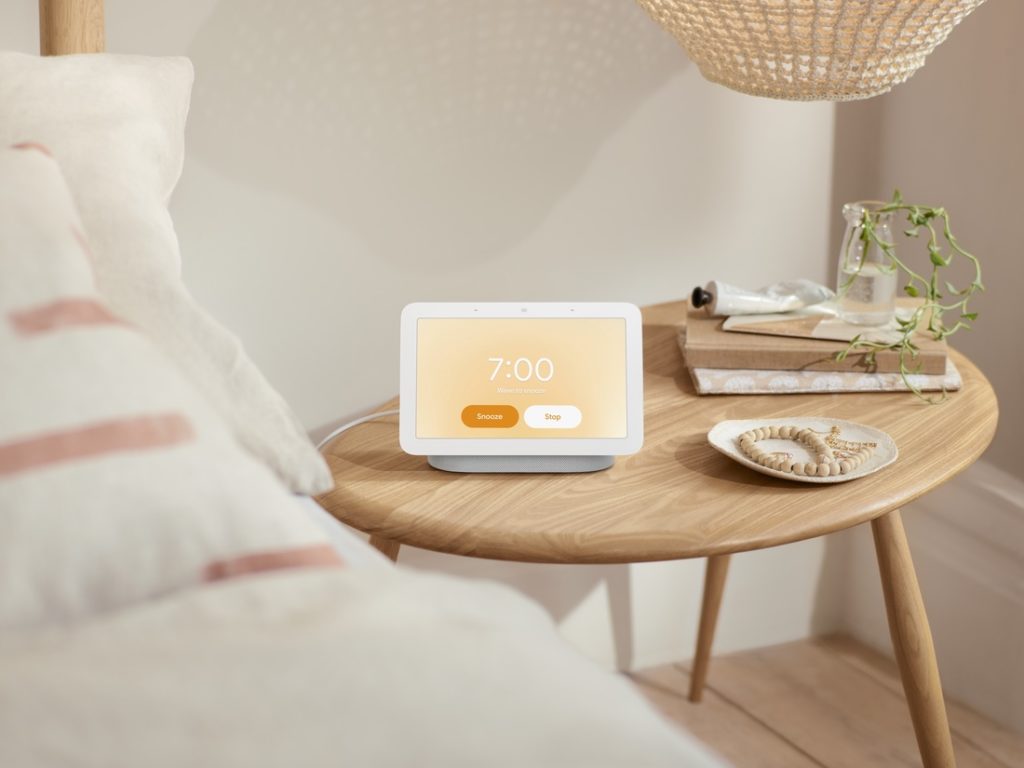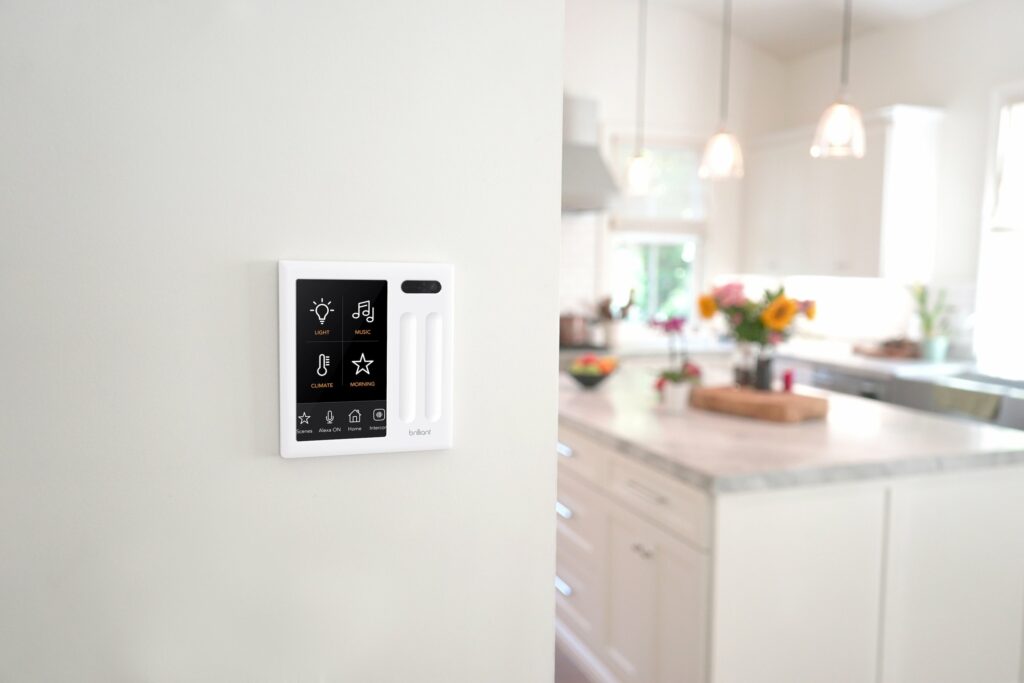This week we got great news on the Matter front, as Amazon announced its plans for supporting the smart home interoperability protocol on most of its Echo devices. We talk about new features for Alexa developers before talking about new research from ARM showing a 32-bit ARM-based chip printed on flexible plastic. We then turned to a discussion of Qualcomm’s attempts to build something for wearables and plans for a new smart lighting platform from Nokia. (Actually, the platform is from Smartlabs Inc. which makes the Insteon brand and has now launched Nokia-branded smart lighting products.) We also focused a bit on industrial IoT security with the results from MITRE’s testing of several industrial IoT security platforms including Armis, Dragos, and Microsoft. We also mentioned Samsung’s upcoming Unpacked event that you can watch on August 11. Then we ended by answering a listener question about creating a sunrise/sunset-based schedule for Wyze lighting outside the native app.

Our guest this week is Michael Martin, CEO of RapidSOS, a company that provides software to 9-1-1 providers that lets phones, cars, and IoT devices send sensor data to 9-1-1. The 9-1-1 infrastructure has been having trouble adapting to the end of stable location data provided by landlines and the adoption of cell phones, so when people call for help on a cell phone, 9-1-1 agents can have trouble getting their location. RapidSOS has deals with Apple and Google to use a phone’s GPS to share location and is also working with clients in the vehicle space and now in the smart home to bring in new sources of data for emergency workers. Martin talks about what sensors would be most useful for first responders and what the future might entail. It’s a good glimpse of how the smart home might help people in the years ahead.
Hosts: Stacey Higginbotham and Kevin Tofel
Guest: Michael Martin, CEO of RapidSOS
Sponsors: Silicon Labs and Trek10
- Almost all Amazon Echo devices will support Matter
- What could you do with flexible electronics?
- Welcome the Nokia brand to the smart lighting world
- Why you might want to send your health data to 911
- Smart cameras, cars, and wearables would help first responders
Podcast: Play in new window | Download | Embed
Subscribe: RSS


